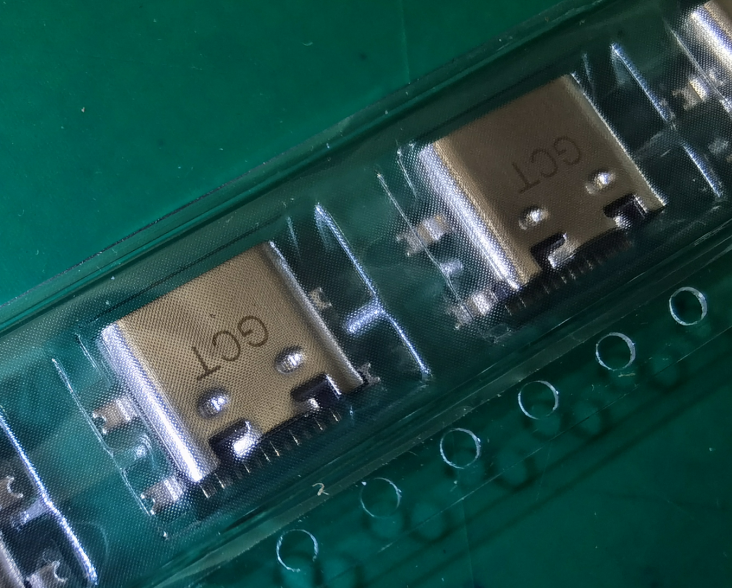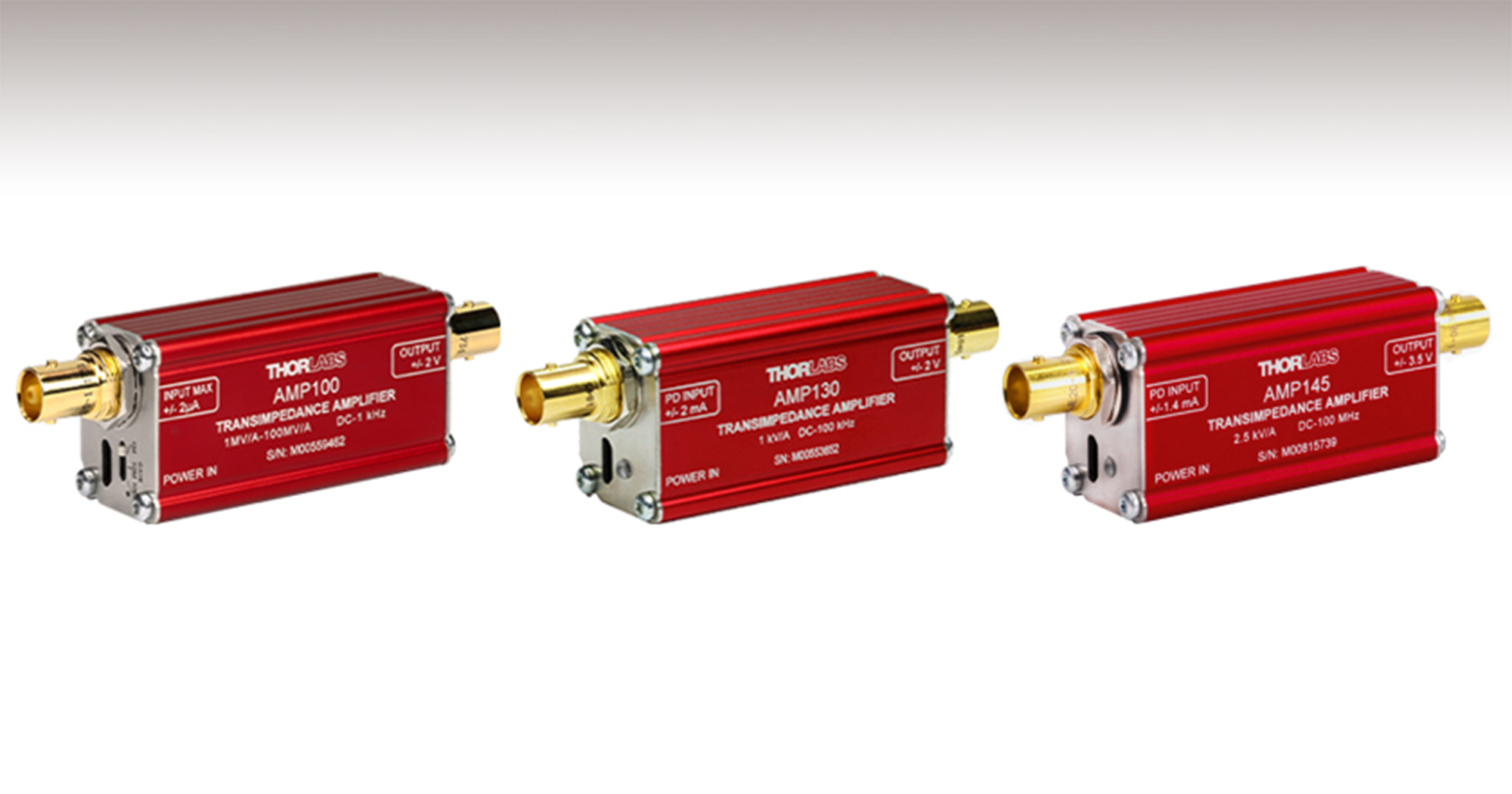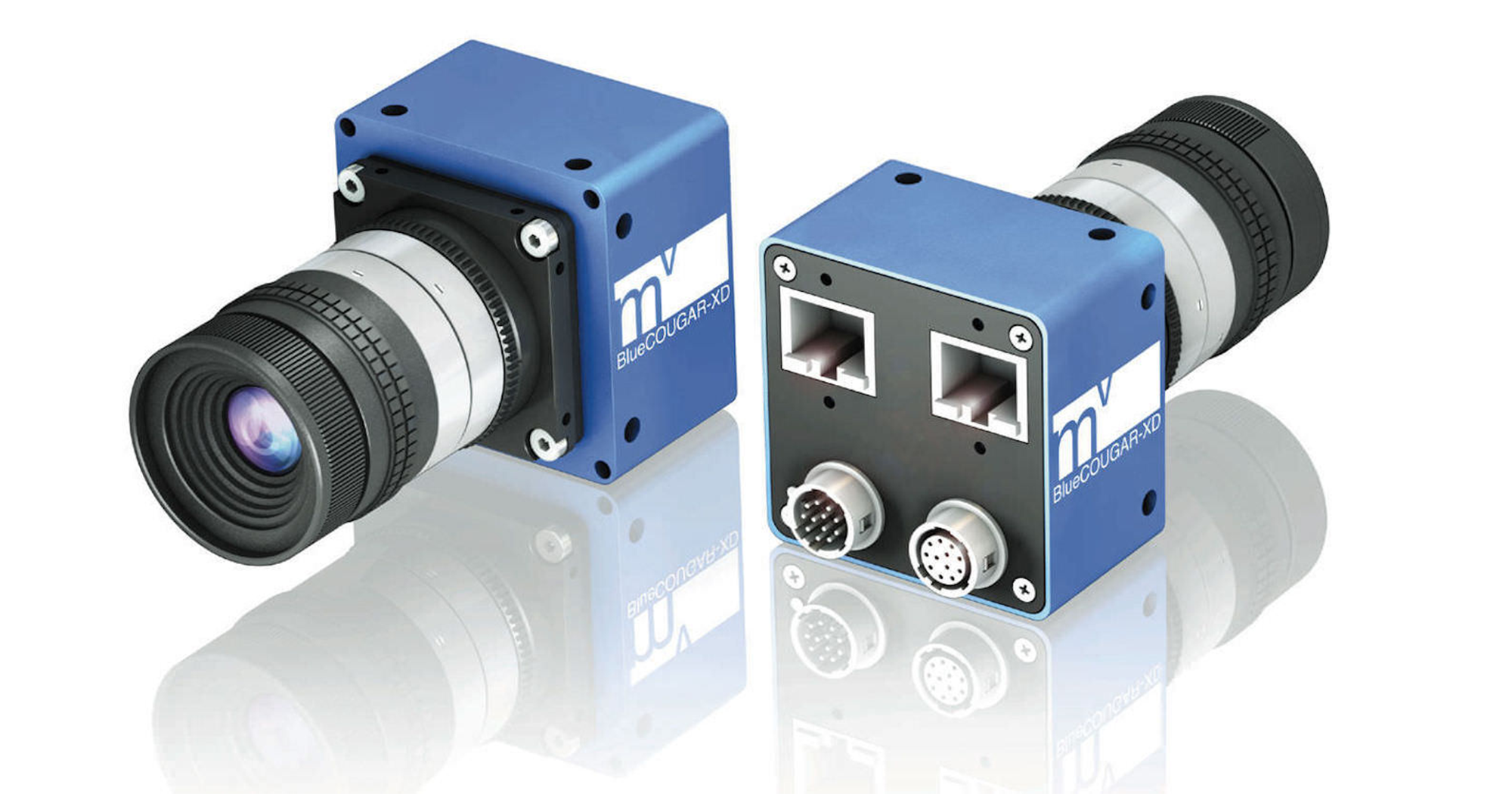Collector Emitter Breakdown (Max) Voltages in IGBT Modules: Is Higher Voltage Better Performance?
IGBT modules are widely used in applications like motor drivers, renewable energy systems, and industrial equipment. One critical parameter when selecting an IGBT module is the Voltage - Collector Emitter Breakdown (Max), often abbreviated as VCE(max). For procurement professionals, engineers, and electronics enthusiasts new to the field, understanding this parameter is crucial to making the right choice. Let’s break it down step-by-step.
What is Voltage - Collector Emitter Breakdown (Max)?
The Voltage - Collector Emitter Breakdown (Max) refers to the maximum voltage that can be applied between the collector and emitter terminals of an IGBT without causing permanent damage. This parameter essentially represents the voltage handling capability of the device when it is in the off-state.
Why It Matters: When the applied voltage exceeds this limit, the IGBT may enter avalanche breakdown, leading to overheating, failure, and potential damage to the entire circuit.
Does Higher Voltage Mean Better Performance?
While a higher VCE(max) value might seem preferable, it’s not always the best choice for every application. Let’s analyze the trade-offs:
Advantages of Higher VCE(max):
Greater Safety Margin: A higher breakdown voltage ensures better protection against voltage spikes and surges, which are common in industrial and power systems.
Wider Application Range: High-voltage IGBTs are suitable for applications requiring elevated operating voltages, such as high-power inverters or long-distance power transmission systems.
Flexibility in Design: With a higher voltage capacity, you can design systems with more headroom for transient conditions.
Drawbacks of Higher VCE(max):
Higher Cost: IGBT modules with higher breakdown voltage are typically more expensive, which may not be cost-effective for low-voltage applications.
Lower Efficiency: High-voltage IGBTs tend to have higher conduction and switching losses, leading to reduced overall efficiency.
Larger Size: Higher-rated modules may require more robust packaging and cooling solutions, increasing size and complexity.
How to Choose the Right VCE(max) for Your Application?
1. Identify Your System’s Operating Voltage
Start by determining the maximum operating voltage of your system. A good rule of thumb is to select an IGBT with a VCE(max) at least 1.5 to 2 times higher than your system’s peak operating voltage. For example:
Industrial Motors: If the motor driver operates at 400V, choose an IGBT with a breakdown voltage of 600V or higher.
Solar Inverters: For systems operating at 800V DC, consider modules rated for 1200V or more.
2. Account for Voltage Spikes and Transients
Voltage transients caused by inductive loads or switching events can exceed the normal operating voltage. A higher VCE(max) helps protect against these spikes. Analyze your system’s transient behavior to ensure adequate headroom.
3. Consider Efficiency Requirements
If efficiency is a critical factor, avoid unnecessarily high breakdown voltages. Instead, select a module optimized for lower conduction and switching losses within your voltage range.
4. Evaluate Cost vs. Performance
Balance your budget with performance needs. For low to medium voltage applications, a lower VCE(max) IGBT may offer sufficient performance at a reduced cost.
5. Check Thermal Management
Higher-rated IGBT modules may generate more heat. Ensure your system’s cooling design can handle the thermal load to avoid derating or failure.
Examples of Voltage Selection in Real-World Applications
Electric Vehicles: EVs typically require IGBTs with breakdown voltages between 600V and 1200V to handle battery voltage ranges and transients.
Industrial rs: Drivers for heavy machinery may use modules rated at 1700V or higher to accommodate high power levels and surges.
Renewable Energy Systems: Wind and solar inverters often use 1200V to 1700V IGBTs, depending on the system’s DC link voltage.
Conclusion: Higher Voltage Isn’t Always Better
Choosing the right VCE(max) for your IGBT module requires a careful evaluation of your application’s operating voltage, transients, efficiency, cost, and thermal management. While higher voltage ratings provide greater safety margins and versatility, they may come with trade-offs in cost and efficiency.
In the end, selecting an IGBT with an appropriately rated VCE(max) ensures optimal performance, reliability, and cost-effectiveness for your specific needs. For beginners and seasoned professionals alike, understanding this key parameter is a step towards better electronics design and procurement decisions.
For more information or to request a quote, please feel free to send us an RFQ.
Some Model Numbers




